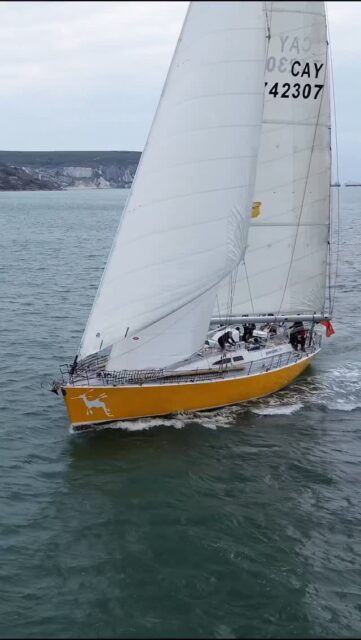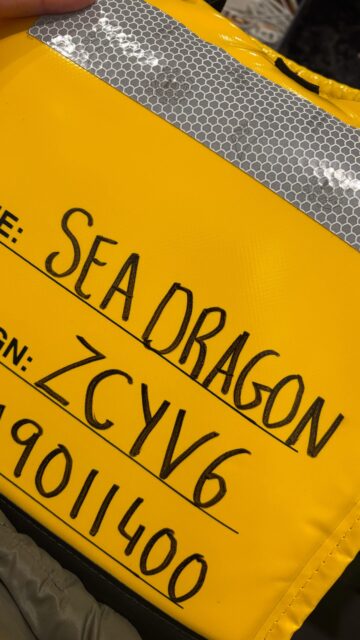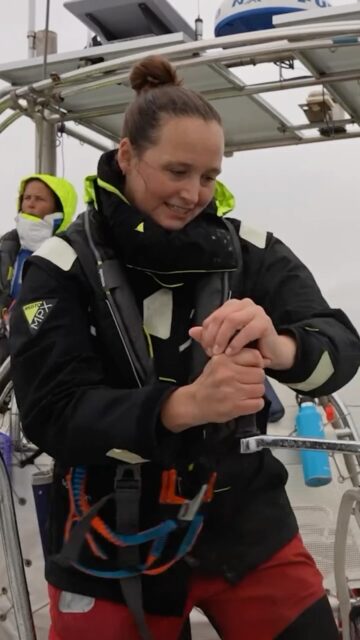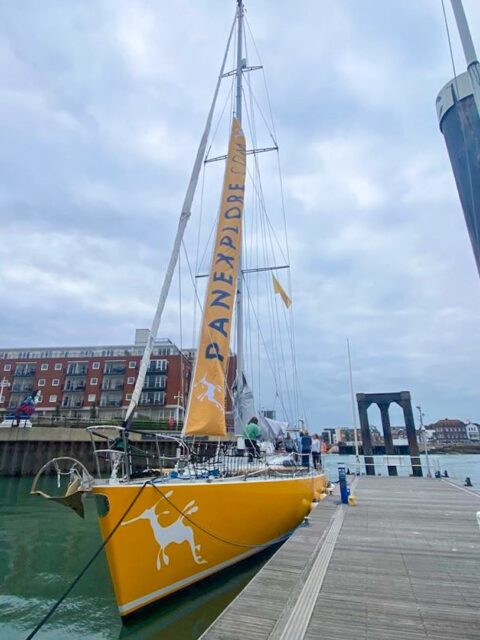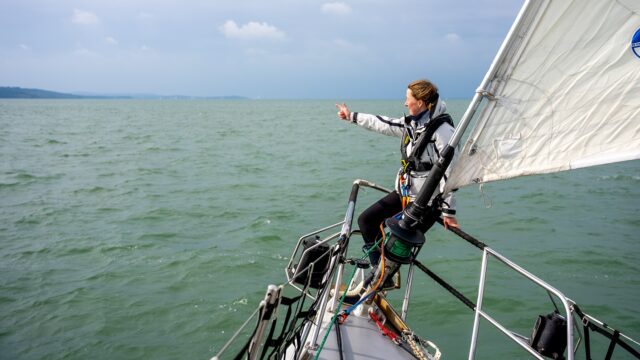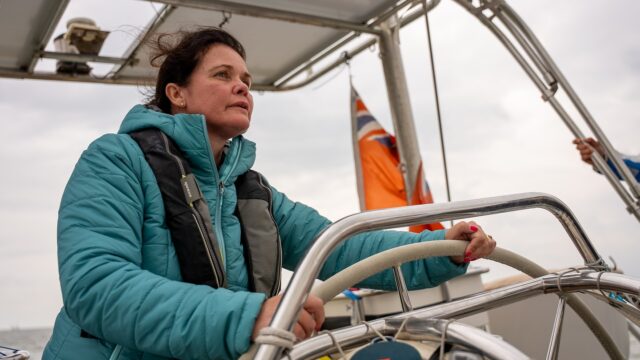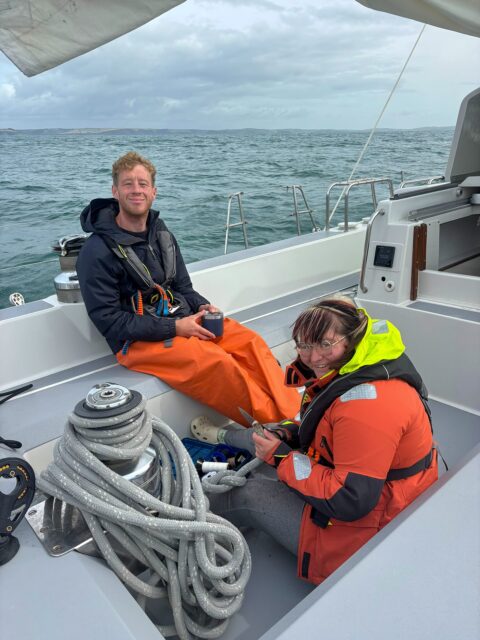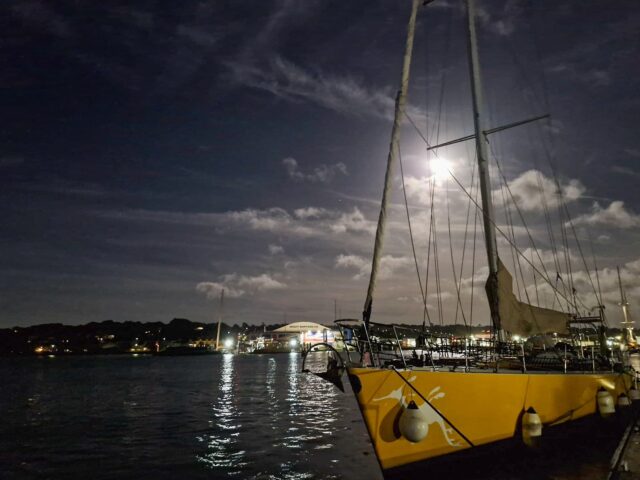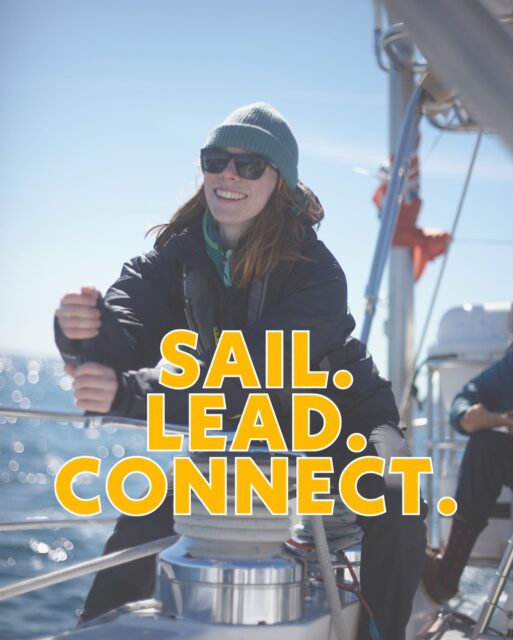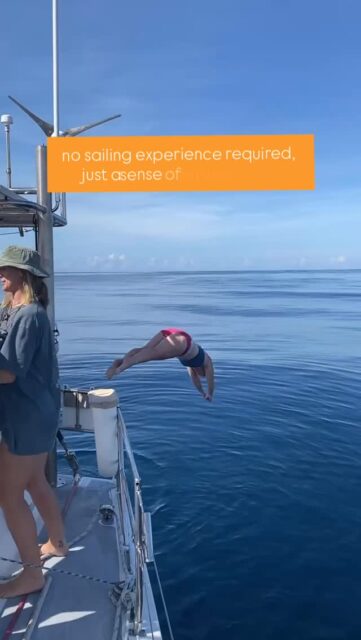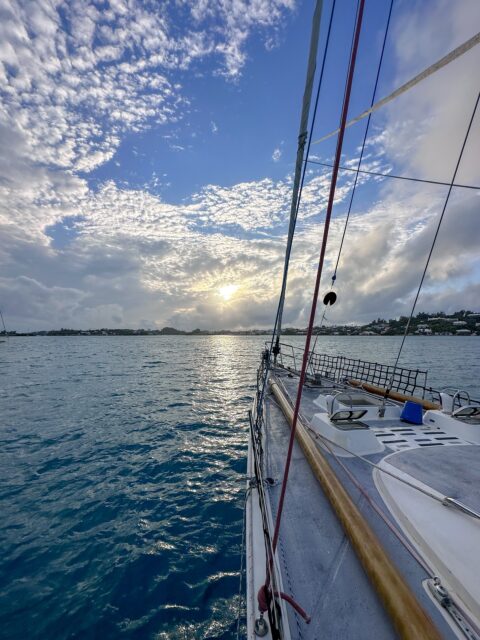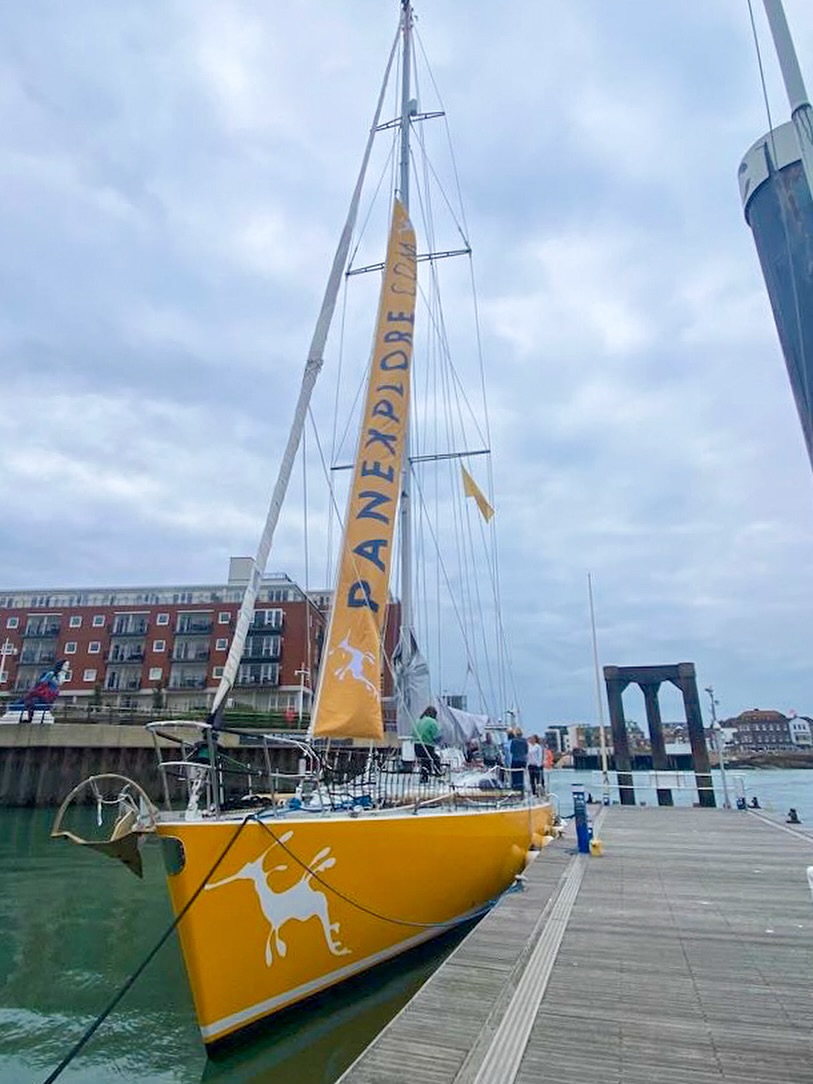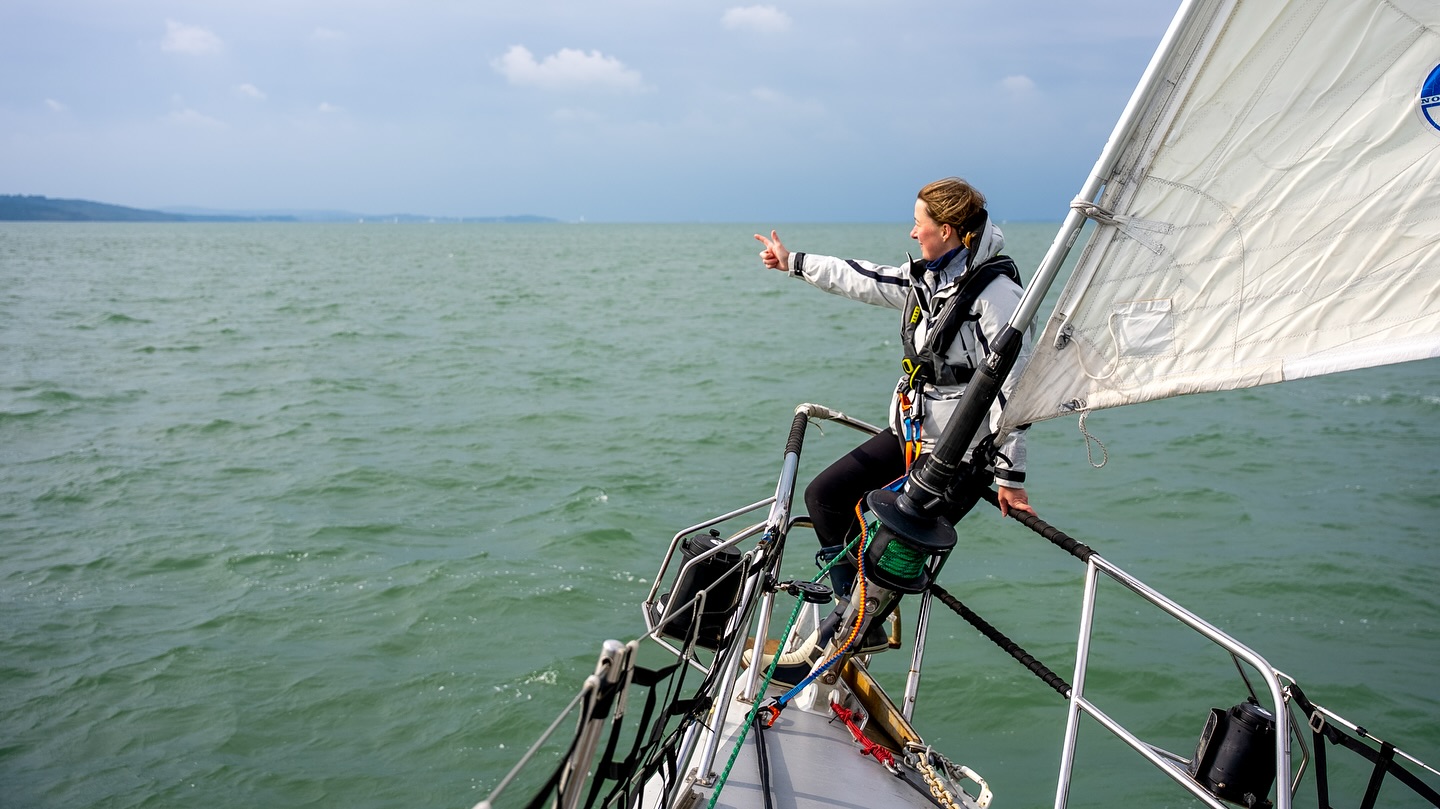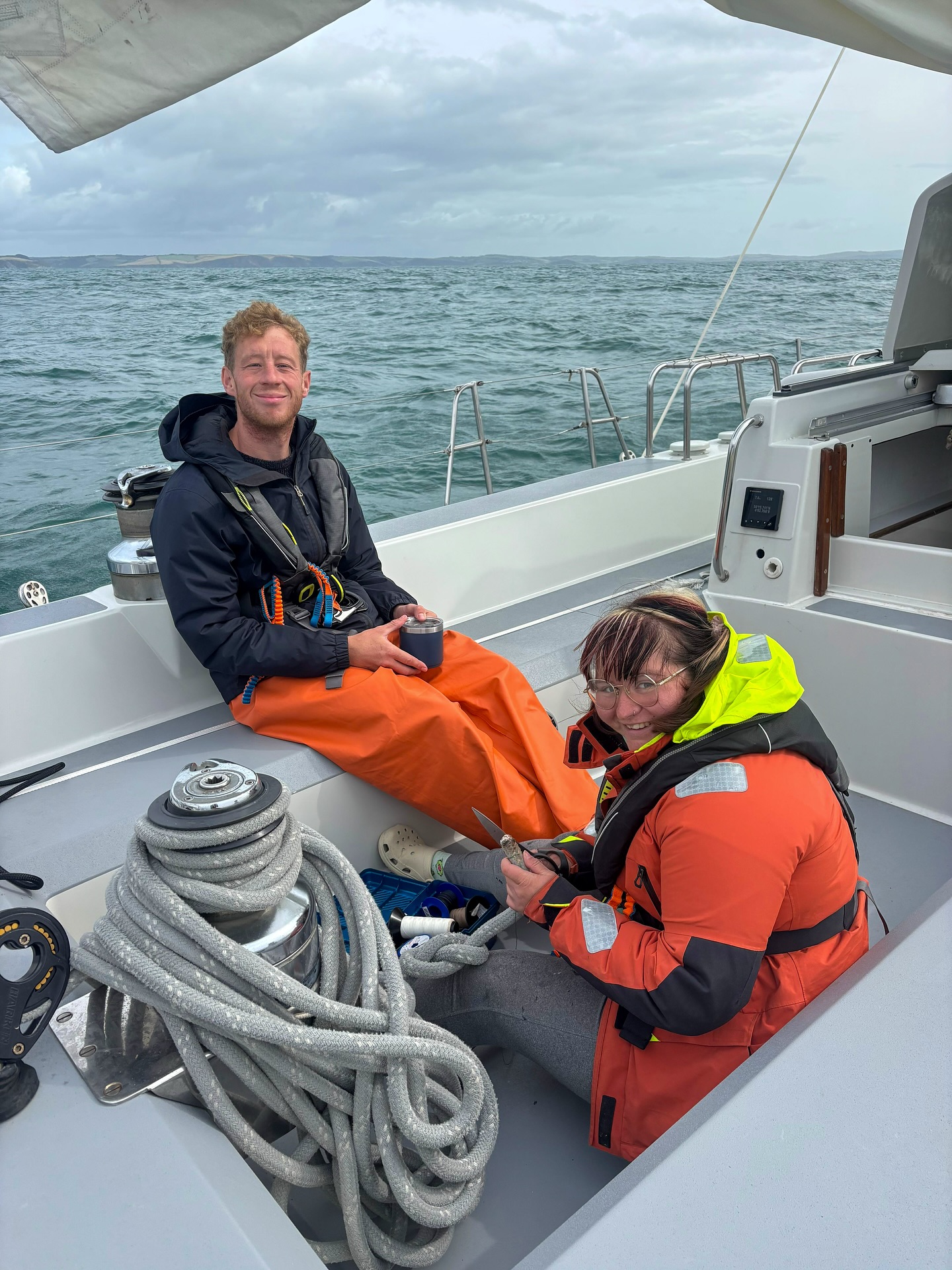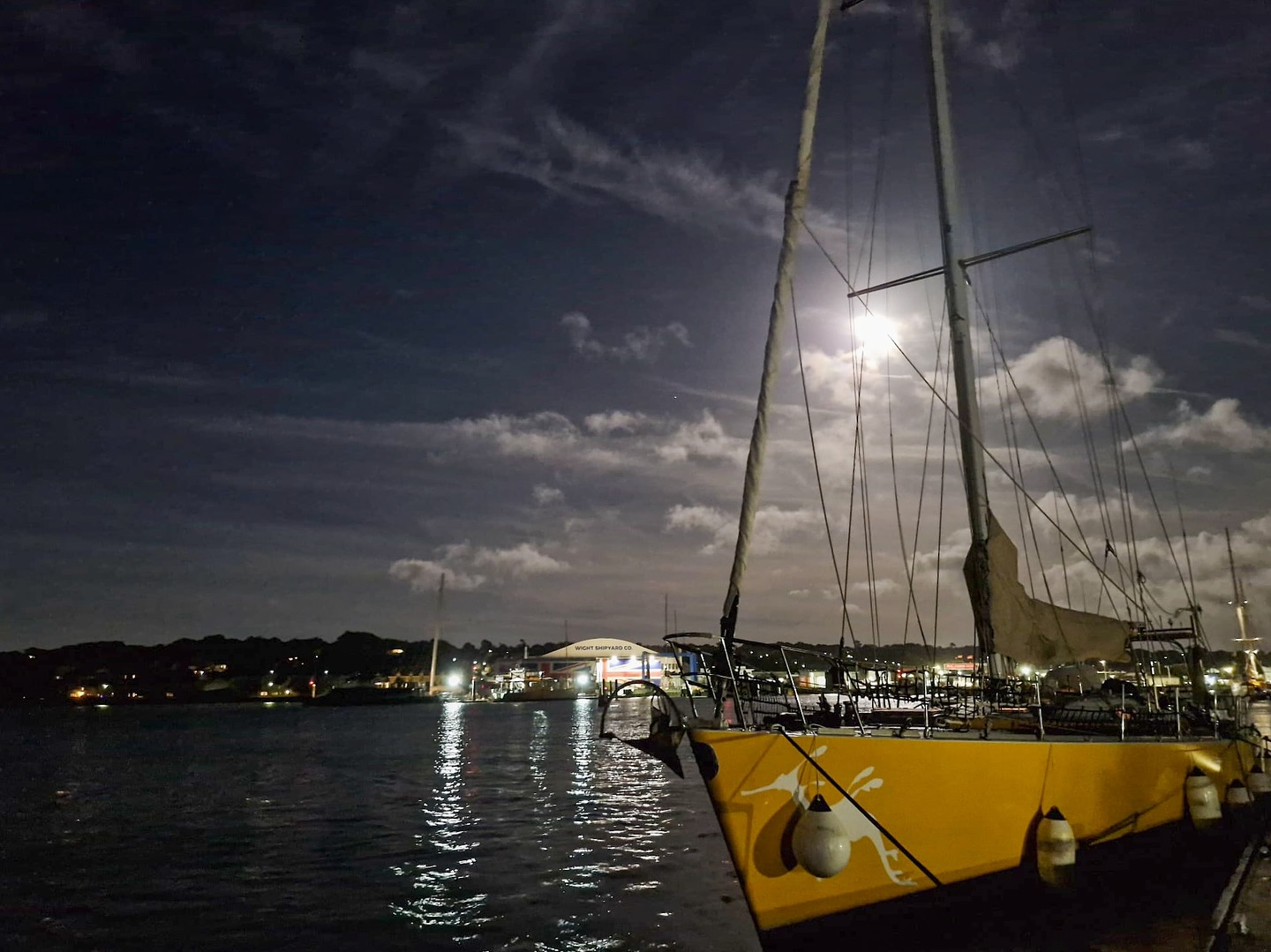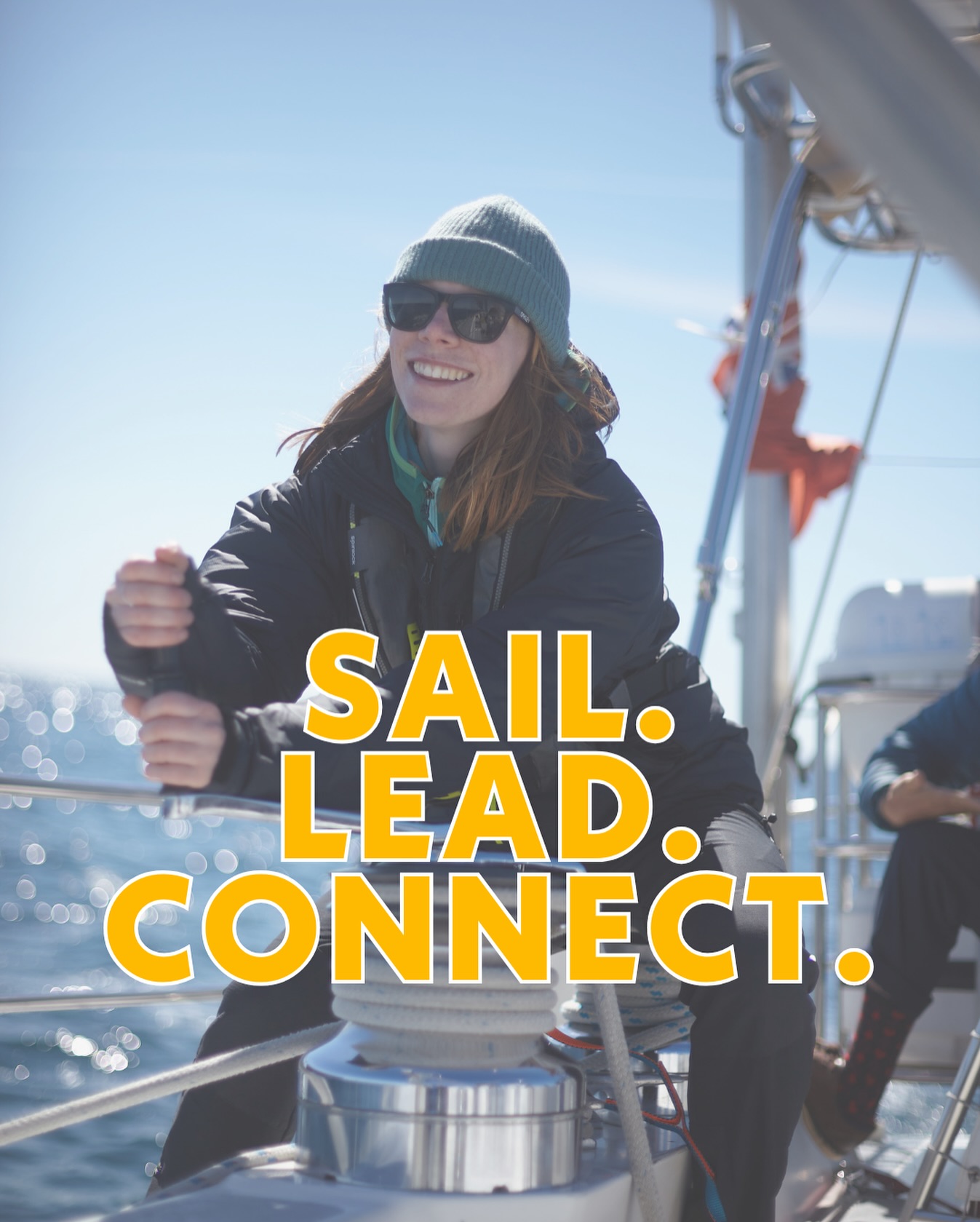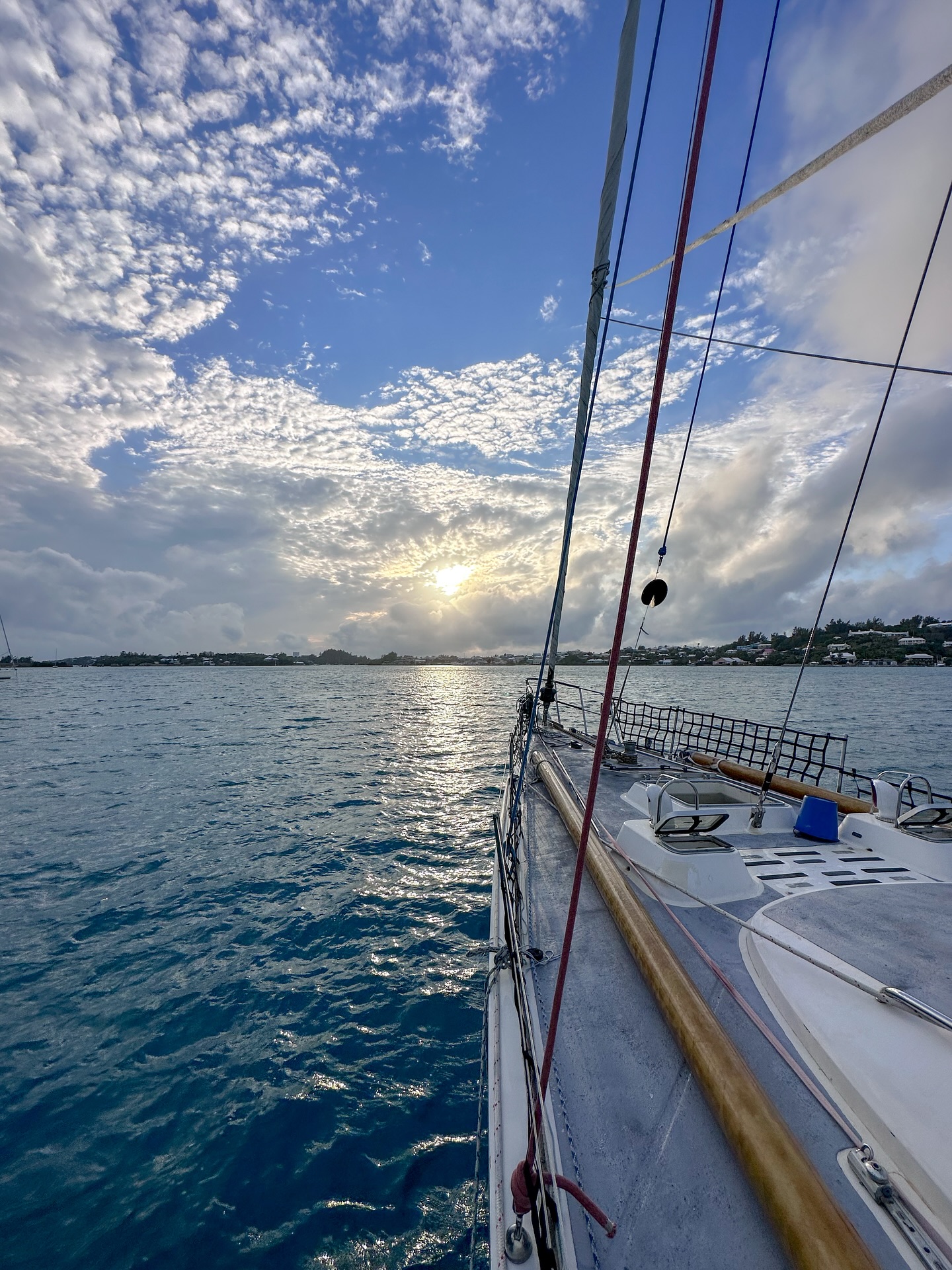Earlier this year, in June, Sea Dragon and her team sailed north up the Line Islands. They went from Christmas Island, past Palmyra Atoll, and then some 100 miles east of a tiny speck of reef. Kingman is utterly insignificant in the vast range of Pacific blue ocean. Its land area is perhaps half an acre – at low tide. There are no trees or vegetation of any kind. The land is just a few beaches of hard coral fragment and shells. Kingman is the the last landward extension of a vast underwater volcano that now slowly settles beneath the sea. It is in its final stage as an island…but with a wonderful future as a undersea sanctuary.
Kingman Reef is a point of land and submerged reef known for its fantastically pristine conditions. Scientists working with Scripps Institute of Oceanography recently cataloged its exceptional abundance of fish and marine life. More importantly they were able to demonstrate a rare condition of a top-heavy food chain that supports large numbers of predators dominating a seascape with fast living prey. Africa dominated by lion and hyena – not grazing zebra and gazelle. National Geographic brought us this story. Kingman was now not only important for its beauty, but for the profound insight into the true natural potential of healthy coral reefs. No amount to theoretical modelling could give us such a distinct view of healthy ecosystems as that reef.
Sadly, Kingman has yet another important lesson. Sometime in the last few years an un-named, unknown ship foundered on the reef face. In most locations, we know about these events in minutes or hours. At Kingman, the extreme and lonely isolation meant the ship, perhaps its crew, and the reef came to great harm in a moment of silent agony. The vessel, with its cargo of heavy machinery and fittings did much more than simply physically strike the reef. It deposited a toxin – iron. Super-clear tropical ocean water is not just nutrient limited (coral naturally makes up for this with its symbiotic algae) but deeply iron limited. Inject iron filings into the open equatorial sea – phytoplankton bloom prolifically. When the reef is catastrophically loaded with iron the algae takes off. Dramatic algae growth smothers reefs. We see this in extreme cases like Oahu Hawaii where decimated fish populations allow algae growth, spurred by nutrient loading and even exotic new species. We see this in the Mediterranean where exotic species rampage across the sea floor. Now we see this in a extraordinarily pristine reef due to a simple shipwreck. There is a good first hand account of this on the National Geographic website
I sailed to Kingman in 2006. We approached to within a few hundred meters of the small cobble beaches. I remember the pure turquoise blue water rising all around us from an ocean of deep water iridium blue. We had sailed 6 days south from Hawaii through thousands of feet of water. Here we had this wonderful, deeply alive outpost of shallow water life. We did not go in the water – our lack of permits and conditions kept us on board. You felt the living reef – bright, dynamic and moving below you. Shadows in shallow water, birds, shiny colors creating a biological complexion below us.
The recent expedition reporting above tells of a “black reef”, dark and lifeless. Cloudy water smothered in algae without fish or healthy coral.
This should really scare us all. A reef that isolated, that has never seen any human habitation can be quickly and dramatically overcome. Is it any wonder marine habitats closer to home are so degraded? This hard lesson strengthens our resolve at Pangaea to be “out there”.
We have made a commitment for 2012 to deploy Sea Dragon and her crew to the tropical Pacific to support critical research and tell stories like this.
